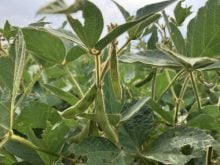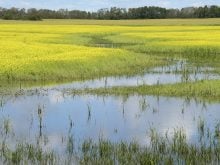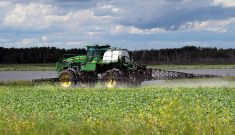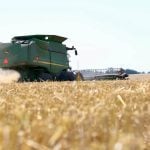While controversy swirls around the future of Roundup Ready wheat, another herbicide-tolerant wheat has been approved for registration this year.
The University of Saskatchewan Crop Development Centre this year presented to the Prairie Registration Recommending Committee for Grains two wheat lines designed for the Clearfield production system.
Initially they were rejected, but on appeal one of them, a bearded wheat with the research designation BW 755, was accepted March 30.
The Clearfield system, owned by agricultural chemical company BASF and already used in canola, was formerly called the Smart system. It indicates a tolerance to chemicals in the imidazolinone family that includes products such as Odyssey.
Read Also
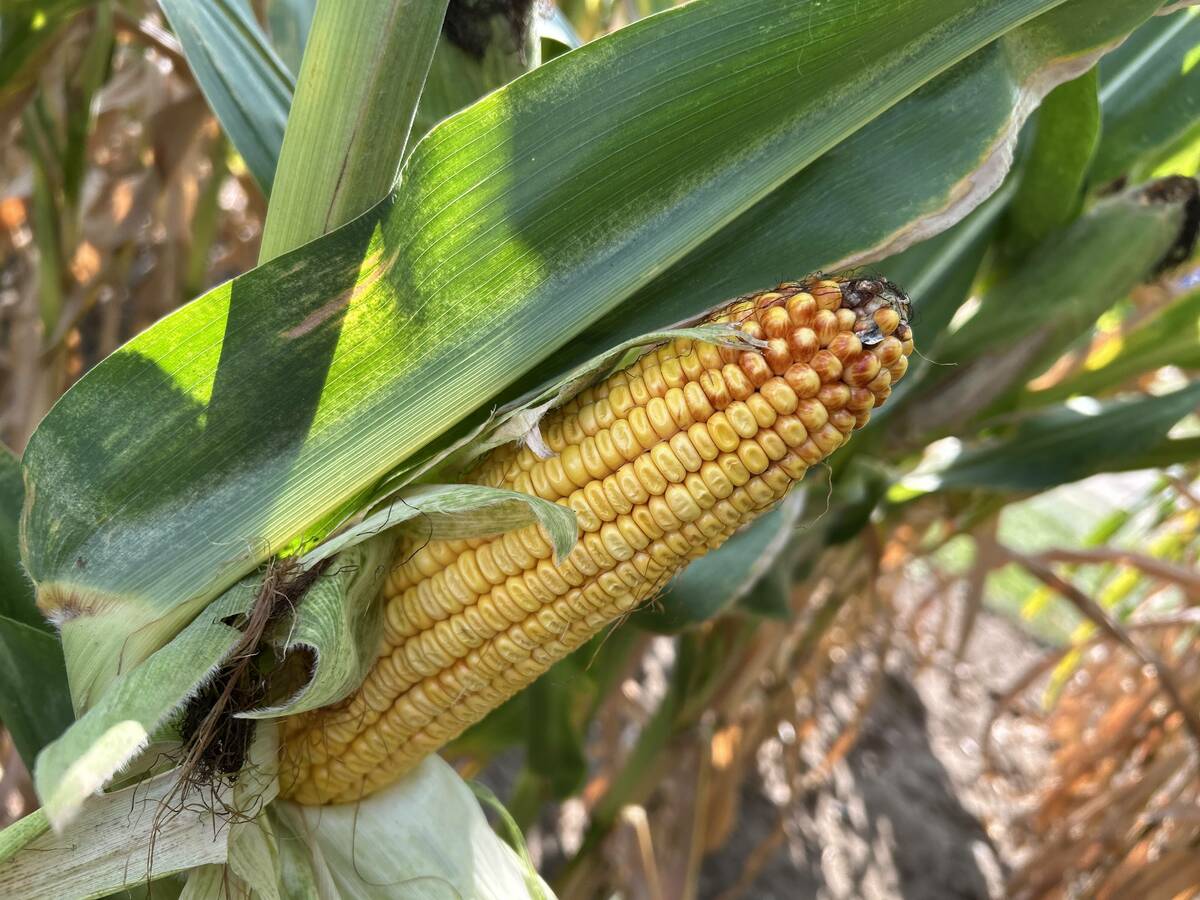
Crop estimates show mixed results
Model-based estimates used by Statistics Canada showed the 2025/26 crop year has seen increases in canola, corn for grain, oats and lentils production while seeing dips in spring wheat, durum wheat, soybeans and barley in comparison to 2024/25.
Clearfield wheat will be marketed by Saskatchewan Wheat Pool and Agricore.
Bruce McTavish, Clearfield marketing manager for BASF Canada, said BW 755 is the first breeding line to go through a new appeal process set up this year.
Similar gluten level
A key reason for the initial rejection was that the wheat had stronger gluten than the standard. However, another wheat with a profile almost the same as BW 755 was approved last year and that was the basis of the appeal.
“It was the first time a full appeal was put through and there were a couple of things happening at the same time. The committee was just changing executives and so a new executive had to look after this,” said McTavish.
“There was a lot of uncertainty, but in the end the committee looked at it very quickly and made a decision very quickly.”
He said the developers appealed only BW 755 because it was the line that Sask Pool and Agricore were ready to commercially launch this spring.
Pierre Hucl, Crop Development Centre wheat breeder, had shepherded the lines since Saskatchewan Wheat Pool stopped its wheat breeding program in the mid 1990s and the centre took over.
“We did the final selection work,” said Hucl.
In the three years of co-op trials, BW 755 had showed attributes similar to AC Barrie, now the most popular hard red spring wheat on the Prairies.
Trial data from 1998 to 2000 showed BW 755 yielded 1.75 bushels per acre more than AC Barrie with similar maturity, lodging and leaf rust resistance. Hucl said it is a vigorous plant and the seed has high test weight.
“Agronomically, when you are doing plant breeding, to come up with something on the first try doesn’t happen very often. But for a first try, these lines looked very promising.”
However, data from when the grain samples were processed showed a potential problem — strong gluten.
Characteristics wanted
To be recommended for registration, wheat lines must fall within a set range of quality characteristics that influence end use, such as dough mixing and baking time.
Those on the recommending committee who rejected the centre’s varieties said they were doing so to protect Canada’s reputation for being able to deliver wheat with highly specialized characteristics.
But Hucl said the new lines’ gluten strength was almost identical to one registered in 2000.
“So I expected, based on that precedent, that these lines would be supported as well.”
He noted AC Barrie also has stronger gluten than the check variety, AC Laura.
“The question I raise is that if Barrie wheat is stronger than the strength check, and it is grown on 50 percent of the acres, what is the problem with strength?
“We’ve already moved up a substantial level and there are no reports, to my knowledge, of Canadian customers complaining about increasing gluten strength.”
He said new dough-mixing technology is allowing use of wheat with higher gluten strength.
McTavish said BW 755 will be given a new name when it is launched this spring.



